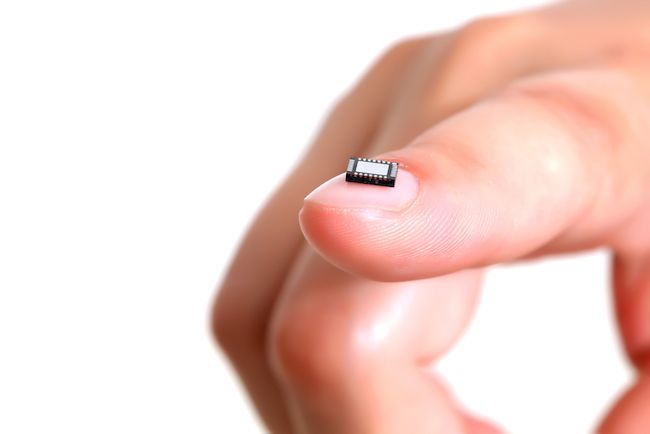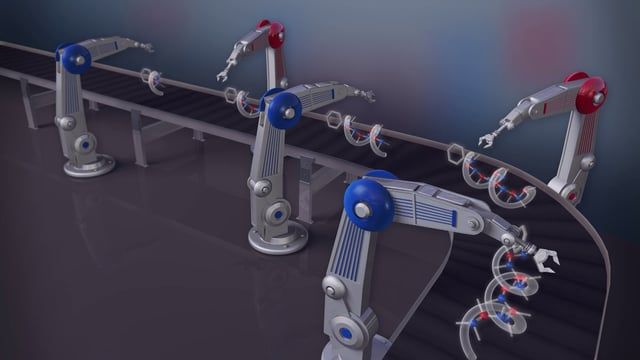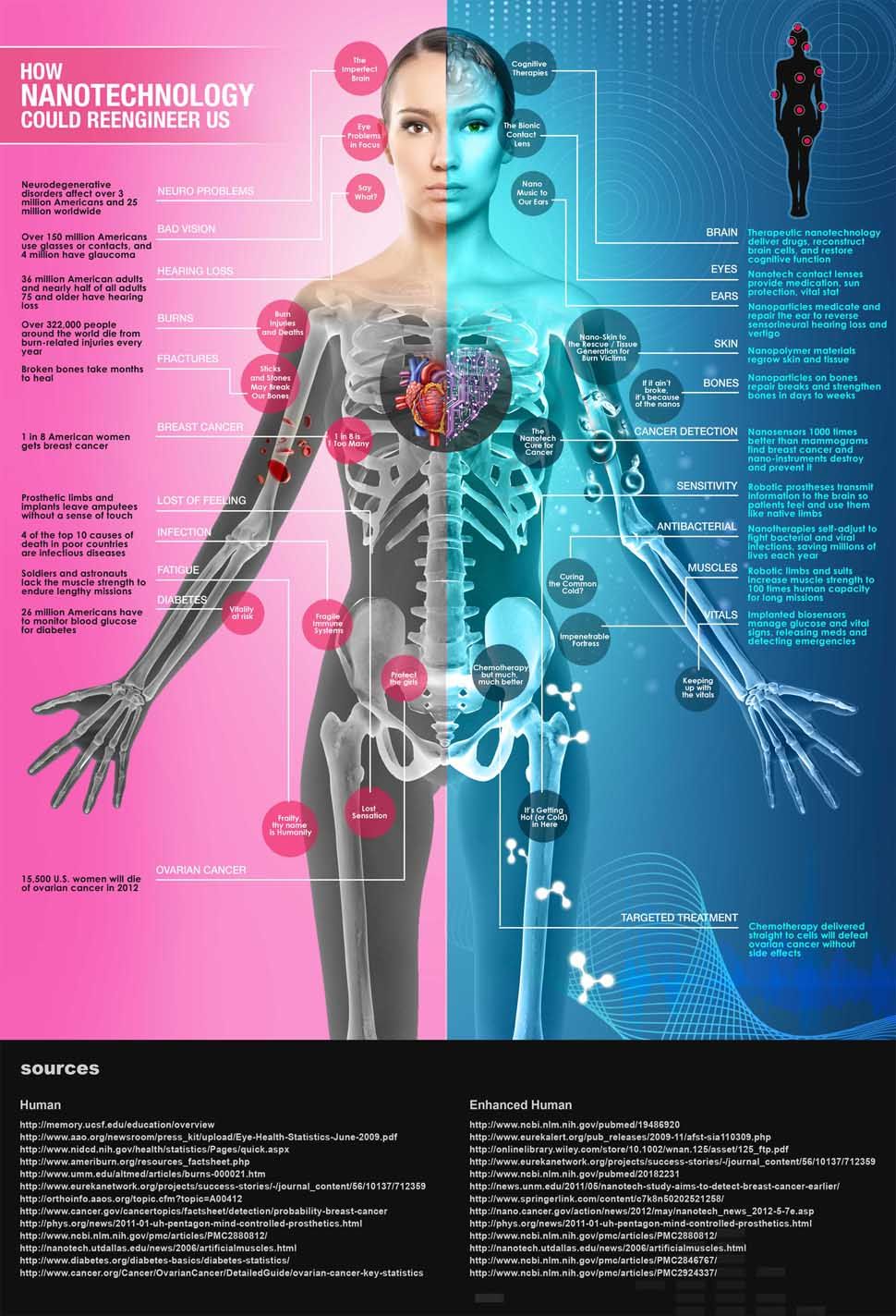Sep 21, 2015
Algolux tackles optics challenges in smartphones
Posted by Shailesh Prasad in categories: electronics, mobile phones
Algolux is a company aiming to tackle blurring problems through computational optics. Algolux said its efforts are presently focused on smartphones and tablets. One can appreciate how this company sees their technology attracting interest in this way. The technology allows for lens designs to be less complex, smaller, lighter and cheaper which would be especially interesting in smartphone imaging where space is at a premium, said Connect, a website on mobile photography technology. The company tells site visitors that “Our computational optics enable better pictures, thinner cameras and cheaper optics.” The technology allows manufacturers’ devices to capture clearer pictures with their existing equipment, including in low-light conditions. Also, the quantity and quality of optical elements needed are diminished; manufacturers can obtain desirable results at a lower cost.
Traditional optics have hit a wall, according to the company. Their size can no longer be reduced significantly for cameras inside thin devices such as smartphones and tablets.”Lenses in smart devices are small and plastic (for the most part), and do not have the quality of a full-sized optical system, especially for low-light and night-time pictures. As sensors and pixels get smaller, the probability of blur and other aberrations in pictures increases.”
Continue reading “Algolux tackles optics challenges in smartphones” »
















